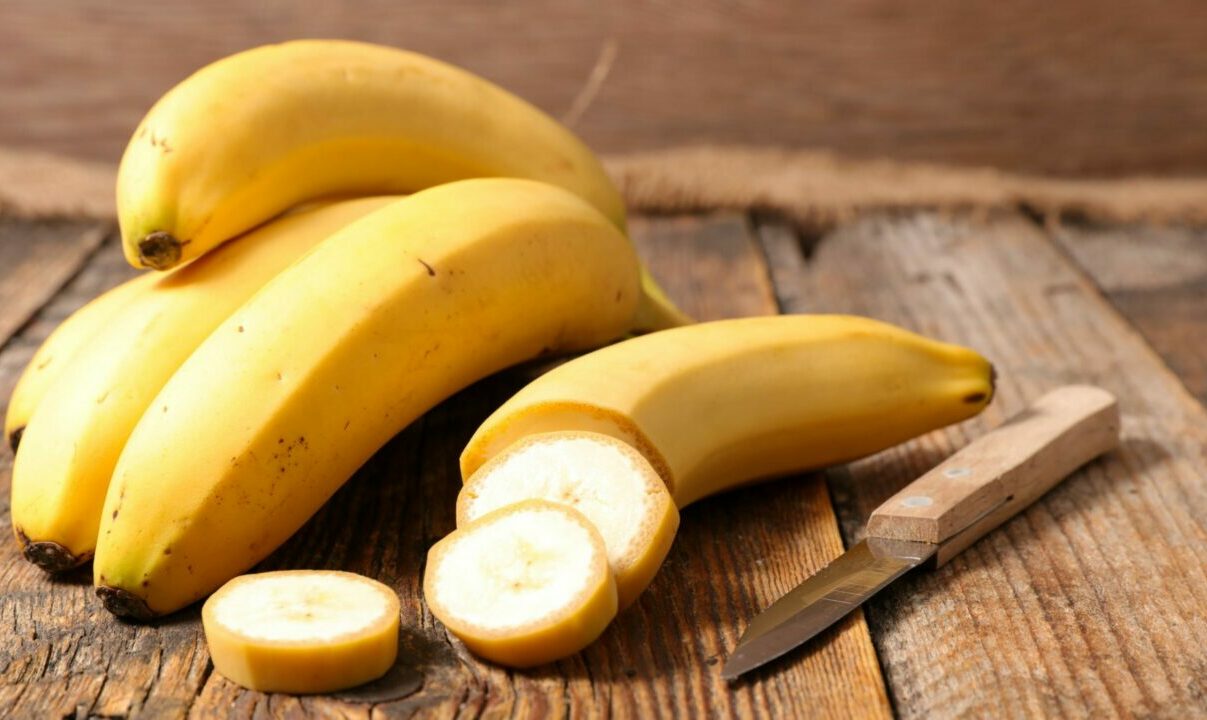It is very likely that you have encountered a banana at some point in your life and are familiar with its taste. If you have ever eaten or drank banana-flavoured foods or drinks, you may be aware of how it tastes. Many find artificial banana flavouring (while we still call it that) “fake”. Compared to most other artificial fruit flavours, banana flavouring sticks out as the most unlike its real counterpart.
A bit of banana history
The widespread explanation involves past bananas, so let’s take a look at how we got to our current bananas…
During the early 20th century, a reigning banana of the time was a subspecies of banana called Gros Michel or “Big Mike”. See, while we often think of bananas as one sort of fruit, it has different types just like apples. Hawaii is home to the Blue Java bananas which are blue in colour and it is said to taste almost like ice cream. Much of Oceania grows wild bananas that are red in colour. However, what most banana varieties have in common are seeds.
Gros Michel was a yellow banana – much like what we know them as now – and was cultivated to be seedless. They also had thicker skins, meaning that they could be transported with less risk of bruising. The problem with seedless fruits in general is that the plants are generally clones of each other which makes them susceptible to be wiped out by the same problem. And that is what happened.
A fungal outbreak, dubbed the Panama disease, started causing Gros Michel to wilt. Without any genetic variation, if one plant was susceptible to infection, they all were. Banana export was seeing a decline and that might have been the last time the wider commercial world would have seen bananas had it not been for the Cavendish banana, a privately cultivated banana that was resistant to the disease and also seedless.
The bananas we know today are not the ones that were grown when the artificial banana flavour was invented. So, is artificial banana flavours based off of a now extinct type of banana? Firstly, Gros Michel is still grown in certain parts of South America. Secondly, let’s look at what artificial banana flavouring is in the first place.
The chemical behind it all
Found in all varieties of banana is a compound called isoamyl acetate. Alone, the smell is enough to invoke memories of a banana. This is what artificial banana flavouring is. While bananas have a distinct profile of various different substances that give it its flavour, isoamyl acetate is considered the main ingredient and has been dubbed the “banana ester”.
Isoamyl acetate fails to perfectly imitate Cavendish bananas, because that variety has a much more complex chemical makeup that causes the flavour to be more “refined”. It does not help that Cavendish is known to lose some isoamyl acetate during transport.
Gros Michel bananas, on the other hand, are known to have high amounts of isoamyl acetate. Due to this, the taste of artificial banana flavouring is more akin to these bananas of old leading to headlines saying that our current banana flavours are based off of an “extinct” variety of bananas. It is an interesting narrative to tell people, but is this really the truth?
Fact or coincidence?
When diluted, isoamyl acetate smells similar to pears. It is reported that when it was first produced in Britain it was marketed as an artificial pear flavour (different from ethyl acetate or “pear flavour”). It was only once the compound made its way to America where bananas were more prevalent were they associated with the fruit.
See, back then, when artificial flavours were being developed, it was less about finding out what was in the banana and more about finding something that resembled the taste or smell of bananas. Isoamyl acetate just so happened to be distinctly banana in a higher concentration and Gros Michel just so happened to have a lot of isoamyl acetate. Gros Michel also has less combinations of chemicals than Cavendish does so just isoamyl acetate is usually sufficient to taste like it.
But, the idea that artificial banana flavour was “based” off of the Gros Michel isn’t completely wrong, but there is not much evidence to support this. Rather, what may have happened is that the discovery of isoamyl acetate was separate from Gros Michel. In years, the discrepancy between artificial banana flavours and real bananas were retroactively explained by the flavour being based on a past subspecies of banana. Realistically though, the flavour similarity is just a coincidence based on Gros Michel’s simple chemical makeup and isoamyl acetate’s distinct banana smell.











